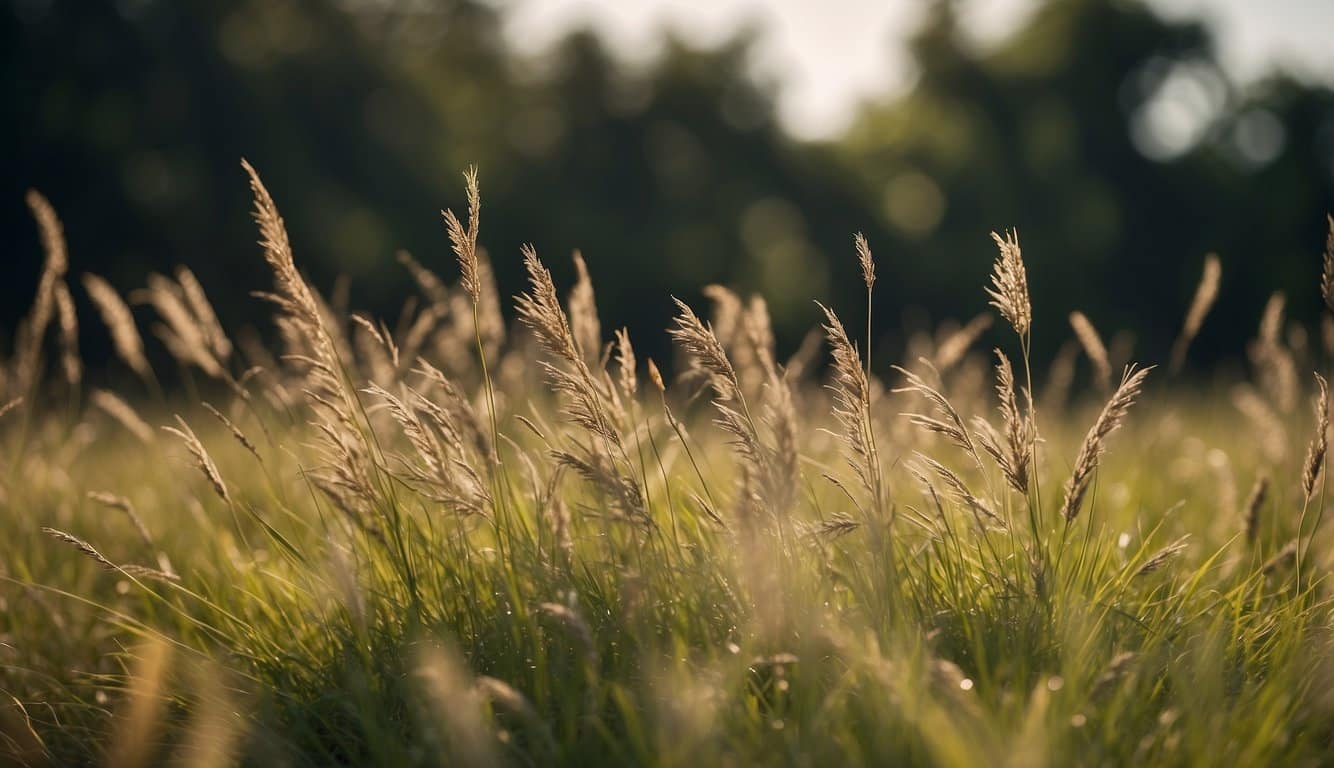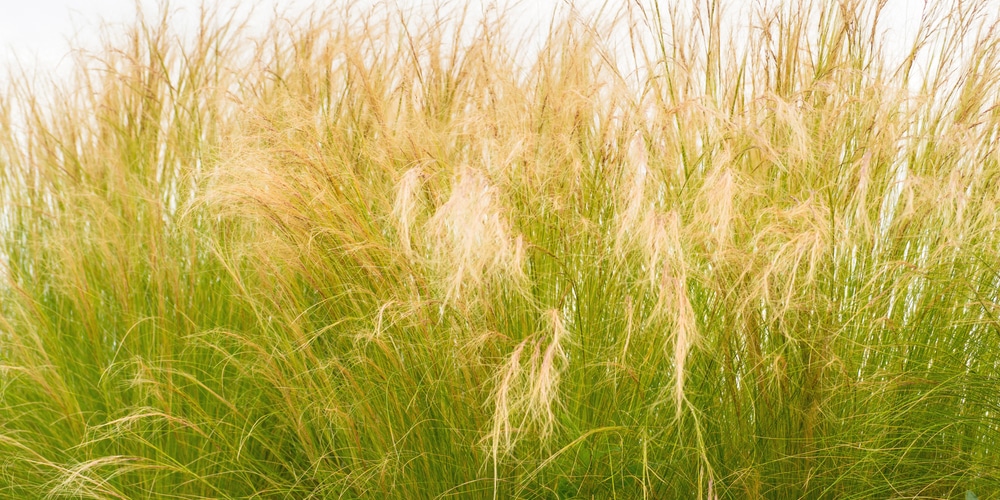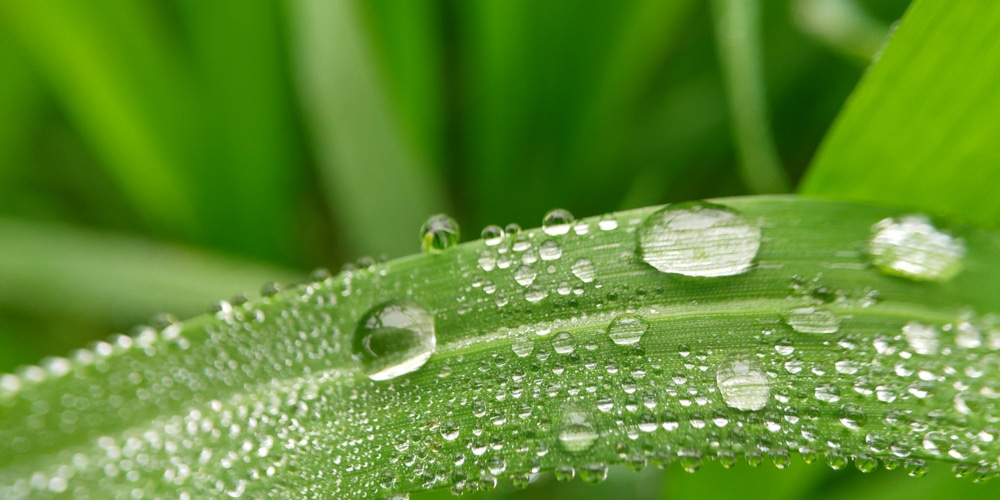Why Native Grass Seeds?
When you think about a thriving local ecosystem, native grass seeds are often unsung heroes. They play a critical role in maintaining biodiversity and offering numerous ecological benefits.
Definition and Characteristics
Native grass seeds, as the term suggests, are harvested from grass species that are indigenous to a particular geographical area. They have evolved over time to adapt perfectly to their local climates, soil types, and other environmental conditions.
These seeds have several distinct characteristics:
- Adaptability: They are well-suited to their natural habitat, which often translates to lower maintenance needs.
- Resilience: Native grass seeds tend to be more resistant to local pests, diseases, and climatic extremes.
- Biodiversity Support: They provide food and habitat for native wildlife, ranging from insects to birds and larger animals.
Comparison to Non-Native Species
In contrast to native grass seeds, non-native species haven’t had the luxury of natural selection to hone their characteristics to the specific region they are introduced to. Here’s a sharper look:
- Maintenance: Non-native grasses commonly require more water, fertilizers, and pesticides to thrive.
- Displacement: These grasses can potentially outcompete and displace native species, leading to a loss of local biodiversity.
- Ecosystem Impact: The introduction of non-native grasses can disrupt the existing ecosystem services provided by native species, such as pollination and soil stabilization.
By selecting native grasses from seed, you contribute to preserving the integrity of your local ecosystems and support a landscape that’s both resilient and self-sustaining.
Why Native Grasses are Great for Your Local Ecosystem
Native grasses hold a commanding presence in your local ecosystem by fostering biodiversity, anchoring the soil, and managing water resources efficiently.
Biodiversity Enhancement
- Resilient Flora: Native grasses provide a habitat for an array of wildlife, from pollinators to birds, creating a robust ecological network.
- Insect Support: Acting as a food source and habitat, they are vital for insects such as butterflies and grasshoppers, which are essential for pollination and as a food resource for other species.
Read more about native grasses’ role in enhancing biodiversity.
Soil Stabilization
- Extensive Root Systems: The deep and dense root systems of native grasses hold soil firmly, reducing erosion.
- Soil Health: These grasses improve soil structure, which promotes a healthy underground ecosystem necessary for plants and microorganisms.
Learn how native grasses contribute to soil conservation.
Water Conservation
- Efficient Water Use: Native grasses are adapted to local conditions, requiring less water and thereby conserving this precious resource.
- Reduced Runoff: Their root systems aid in water absorption, reducing surface runoff and enhancing groundwater recharge.
Discover the importance of native grasses in effective water management.
Advantages for Local Wildlife
When you integrate native grass seeds into your local landscape, you provide substantial benefits for local wildlife. These grasses serve as critical components in supporting biodiversity and the well-being of various species.
Habitat Provision
- Stable Homes: Native grasses create robust ecosystems, offering sturdy shelter and nesting areas for creatures big and small. These grasses are not just plants; they’re the foundations of homes for a plethora of wildlife such as birds, insects, and small mammals.
- Microhabitats: Different species of native grasses create unique microhabitats within their tufts and blades, giving wildlife a range of conditions for habitation and breeding, from the ground dwellers to the tree nesters.
Food Source for Pollinators
- Nectar and Pollen: Native grasses are a feast for the eyes and for the local pollinators. Their blooms offer an abundance of nectar and pollen which are essential for bees, butterflies, and moths.
- Sustenance for the Ecosystem: By supporting pollinators, you’re ensuring the survival of plants that provide food for a broader range of wildlife. The very fabric of the food web is strengthened through your choice of native grasses.
Human-Centric Benefits
Native grass seeds play a pivotal role in supporting your community’s ecosystem services, offering advantages that extend beyond environmental health to tangible benefits for people.
Aesthetic Value
- Visual Appeal: Your local landscapes gain a picturesque quality with the inclusion of native grasses. Their variety of heights, colors, and textures contribute to a visually diverse and pleasing environment, enhancing the natural beauty and potentially boosting property values.
- Seasonal Dynamics: You can see the changes throughout seasons as native grasses evolve in color and form, offering year-round interest and enjoyment to local scenery.
Economic Considerations
- Reduced Maintenance Costs: By planting grasses that are adapted to your region, you reduce the need for water, fertilizers, and pesticides, thereby saving on landscape management costs.
- Support for Local Agriculture: Native grasses can provide a sustainable solution for agriculture by improving soil health and offering forage for livestock, which translates to economic resilience for farmers and ranchers.
- Erosion Control: Their deep root systems stabilize the soil, which can prevent costly damage from erosion and decrease the need for expensive remediation projects.
Promoting Native Grass Seed Use
By integrating native grass seeds into local ecosystems, you bolster biodiversity and enhance the environment’s resilience to climate stresses. This promotion isn’t just a matter of planting seeds—it’s a multi-faceted approach involving education and active community participation.
Educational Outreach
Engagement with Schools and Universities:
- Hands-on Workshops: Encourage students to practice sowing native grass seeds, making the lesson tangible and memorable.
- Curriculum Development: Collaborate with educators to include modules on the importance of native grasses in biology and environmental science courses.
Public Seminars and Webinars:
- Expert Talks: Invite ecologists to speak on the benefits of native grasses to habitats.
- Online Resources: Create a central hub of guides and videos on native grass seed benefits and sowing techniques.
Community Involvement Programs
Community Gardening Initiatives:
- Volunteer Projects: Organize seed collection and sowing events that allow local residents to take part in restoring natural landscapes.
- Gardening Clubs: Partner with clubs to help distribute native grass seeds and share sustainable gardening practices.
Incentive Programs:
- Grants for Landowners: Provide financial support to those who dedicate a portion of their land to native grass restoration.
- Recognition for Conservation Efforts: Develop a system to acknowledge individuals or organizations that have made significant contributions to promoting native grasses.
Frequently Asked Questions
Discover how integrating native grass seeds into your local ecosystem can enhance biodiversity, support soil health, contribute to water conservation, and assist in carbon sequestration efforts.
What are the ecological advantages of using native grass seeds?
- Native grasses are well-adapted to their local environments, making them more resilient to pests, diseases, and extreme weather. These grasses create stabilized ecosystems by establishing deep root systems that help prevent soil erosion.
How does planting native grasses contribute to local biodiversity?
- The introduction of native grasses can boost ecosystem diversity, encouraging the return of local insects and birds. It’s not just the grasses themselves but the entire food web that thrives, from the smallest insects to the larger predators they support.
In what ways do native grasses support soil health and structure?
- Native grasses enhance soil structure, thus preventing erosion.
- They improve water and nutrient retention within the soil through their extensive root systems, which is critical for crop and plant health.
What role do native grasslands play in sustaining wildlife habitats?
- Grasslands serve as a primary habitat for a variety of wildlife species. Native plants provide essential services, such as offering protective shelter for mammals and supplying food sources for birds and insects.
How can native grass seeds improve water conservation and management?
- These grass species play a vital role in effective water management by reducing runoff, thus helping promote groundwater recharge. Their ability to survive drought conditions also means less water is needed for their upkeep.
What is the significance of native grasslands in carbon sequestration efforts?
- Native grasslands are significant carbon sinks, capturing carbon dioxide from the atmosphere and storing it in their plant matter and soil.
- Utilizing native grasses in restoration projects can be a powerful tool in mitigating the effects of climate change.
Last update on 2024-04-29 / Affiliate links / Images from Amazon Product Advertising API





